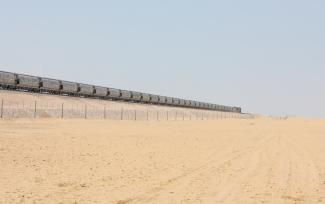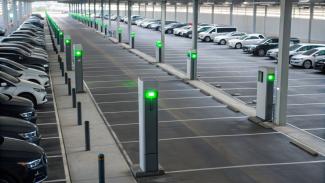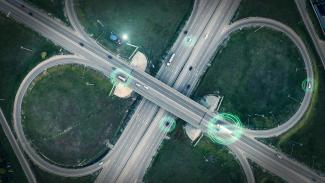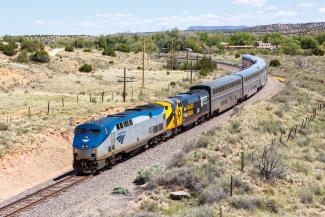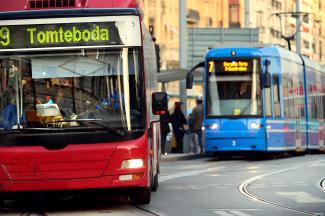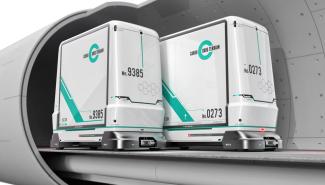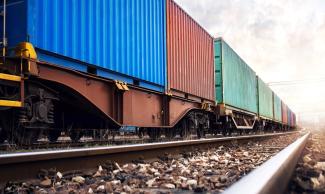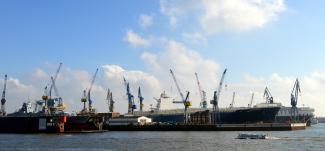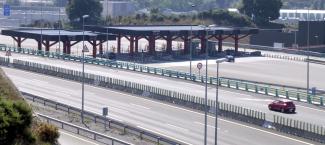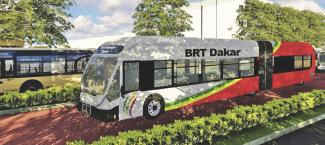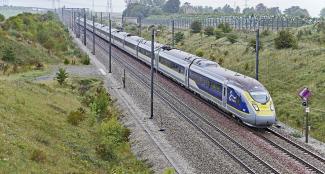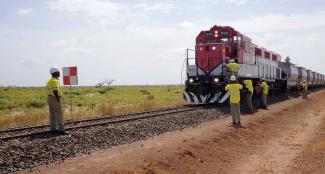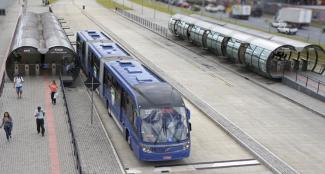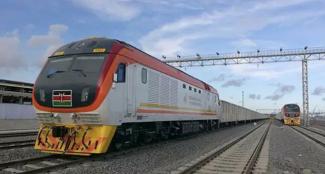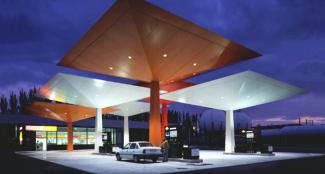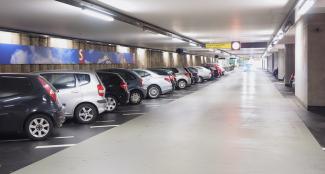In a world increasingly defined by connectivity and cooperation, the Gulf Cooperation Council (GCC) Railway project stands out as one of the most transformative infrastructure initiatives in the Middle East. Stretching over 2,100 kilometers and connecting Saudi Arabia, the UAE, Oman, Qatar, Kuwait, and Bahrain, the railway is far more than a transport project, it is a strategic enabler of regional integration and economic transformation.
Each of the GCC member states is responsible for implementing the portion of the project that lies within its territory and will construct its own railway lines and branches, stations, and freight terminals.
The distribution of the railway network across GCC countries is as follows:
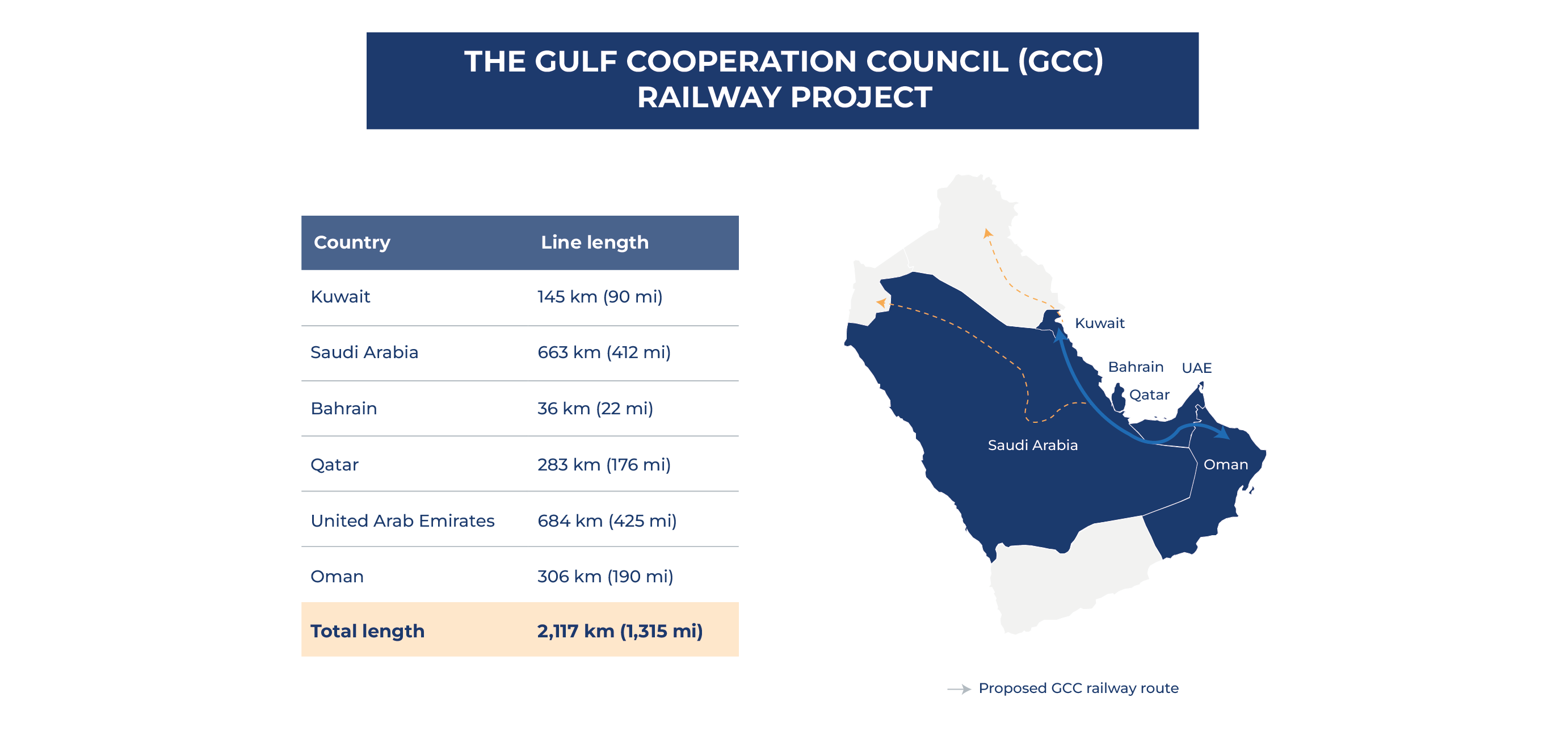
The GCC Railway project has seen several key milestones over the years as GCC member states work towards creating an integrated rail network. These milestones demonstrate a steady, albeit slow, progress in the development of the GCC Railway project, with significant portions of the network now in advanced planning or construction stages. The objective is to have it completed by December 2030.

Backed by an estimated $240 billion investment, the project aligns with national development plans such as Saudi Arabia’s Vision 2030 and the UAE’s Centennial 2071, aiming to enhance intra-GCC trade, support tourism growth, generate employment, and reduce the region's environmental footprint. Once fully operational, it is projected to move over 95 million tons of freight annually, unlocking efficiencies across ports, free zones, and logistics corridors, and strengthening the GCC’s global position in trade and logistics.
A path toward deeper regional integration
The promise of the GCC Railway lies not only in its physical infrastructure but in its potential to drive institutional, economic, and social integration across borders. By enabling seamless passenger and freight mobility, it can significantly reduce travel and transport times. The network also has the capacity to boost cross-border investments and industrial connectivity, particularly in strategic sectors such as petrochemicals, aluminum, and automotive parts. Additionally, it can support labor mobility, broadening access to employment opportunities across GCC cities, while enhancing tourism flows by linking major cultural, religious, and coastal destinations. However, to fully realize these benefits, achieving interoperability across national rail segments is essential.
Overcoming the interoperability challenge
The success of this transformative project depends not only on achieving technical, operational, and regulatory interoperability but also on securing sustained investment and coordinated financing across member states. Without alignment on these fronts, the network risks becoming a fragmented collection of national lines rather than a truly integrated regional system.
Key barriers include:
- Technical interoperability: Differences in signaling systems, train control technologies, and rolling stock standards may hinder cross-border operations. While the adoption of the standard gauge is a positive step, widespread deployment of interoperable systems like the European Train Control System (ETCS), already implemented in Saudi Arabia and the UAE, must be extended across the region.
- Operational alignment: Delivering a seamless passenger and freight experience requires harmonized ticketing platforms, crew certification, and maintenance procedures. A unified operational approach is essential for efficiency and service consistency.
- Regulatory and legal integration: Varying customs protocols, freight laws, and safety regulations can disrupt cross-border traffic and delay cargo flows. Establishing a harmonized regulatory framework will be crucial to minimizing friction and ensuring legal clarity across jurisdictions.
- Organizational and cultural coordination: Each GCC country operates under distinct institutional models and priorities. Achieving effective governance, coordination, and mutual trust among national railway authorities is vital for long-term sustainability and integration.
- Financing and investment mobilization: With an estimated cost exceeding $240 billion, the project requires a well-coordinated financing strategy. Uneven investment commitments or delays in funding from individual states can jeopardize progress and undermine the network’s coherence. Establishing joint investment frameworks and exploring public-private partnerships will be key to maintaining project momentum.
Learning from global models
Global benchmarks provide valuable guidance for the GCC Railway as it moves toward full regional integration. The European Union’s Trans-European Transport Network (TEN-T) stands out as a leading example, showcasing how sustained investment in technical standardization, regulatory harmonization, and cross-border governance can create a truly integrated railway system across multiple sovereign states.
The EU’s adoption of uniform signaling systems such as the European Train Control System (ETCS), along with shared infrastructure investment and coordinated transport policies, has enabled seamless passenger and freight movement across its internal borders.
Similarly, China’s high-speed rail development highlights the effectiveness of a centralized, government-led model that leverages long-term strategic planning, consistent technical standards, and integrated operational frameworks. With over 42,000 kilometers of high-speed track, China’s approach underscores the benefits of unified infrastructure development and the importance of aligning all stakeholders under a single vision.
Together, these cases illustrate that successful rail integration—whether in multi-country or single-country contexts—depends on a strong combination of technology, governance, and collaboration. These lessons are particularly relevant for the GCC, where regional coordination and interoperability are vital for turning infrastructure investment into real economic and social impact.
These lessons offer a clear roadmap for the GCC:
- Invest in shared digital platforms for ticketing, scheduling, and cargo tracking.
- Establish joint standards and protocols across countries.
- Create a central operating or coordinating entity that ensures alignment of service delivery and infrastructure management.
- Pursue unified licensing and revenue-sharing frameworks to support commercial sustainability.
Turning rail into regional unity
More than steel and infrastructure, the GCC Railway offers a tangible mechanism for advancing regional cohesion. By addressing the interoperability challenge head-on, the railway can become a catalyst for economic integration, enabling the GCC to function as a unified bloc in global trade and logistics.
As the region approaches the target completion date of 2030, the coming years will be decisive. If executed with boldness and collaboration, the GCC Railway will not only transform transport—but redefine the very fabric of regional cooperation in the Gulf.

